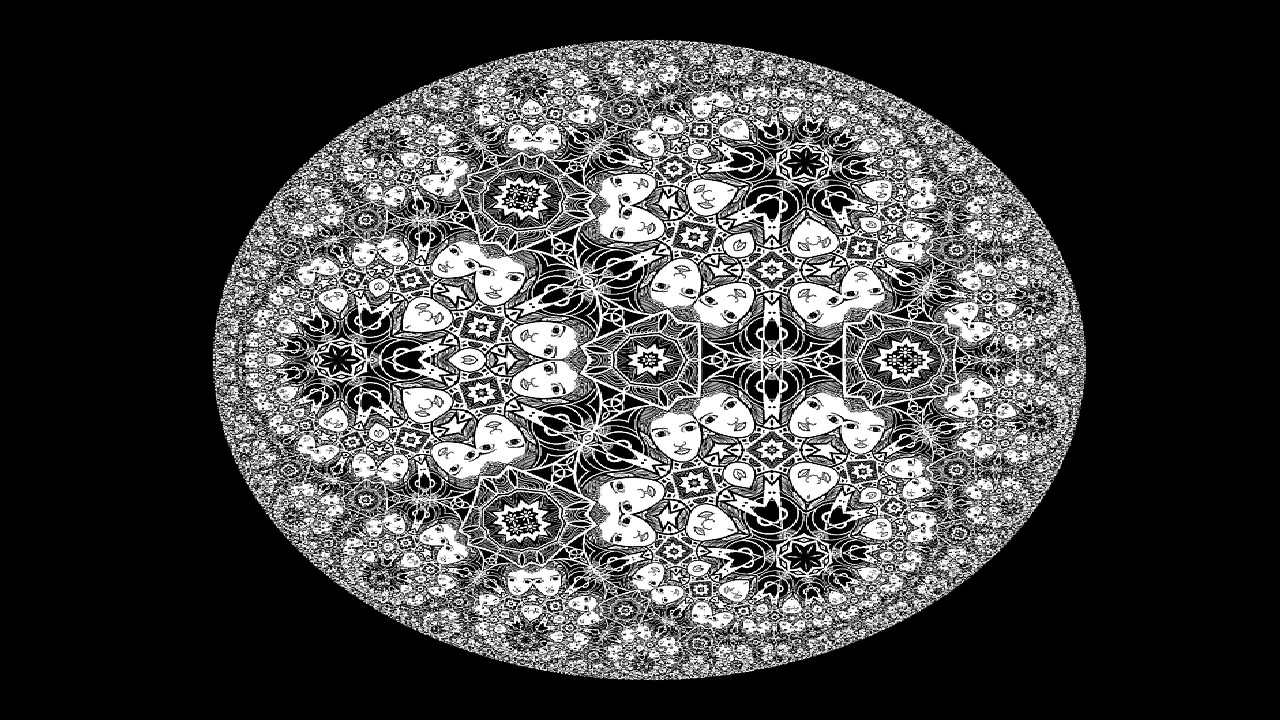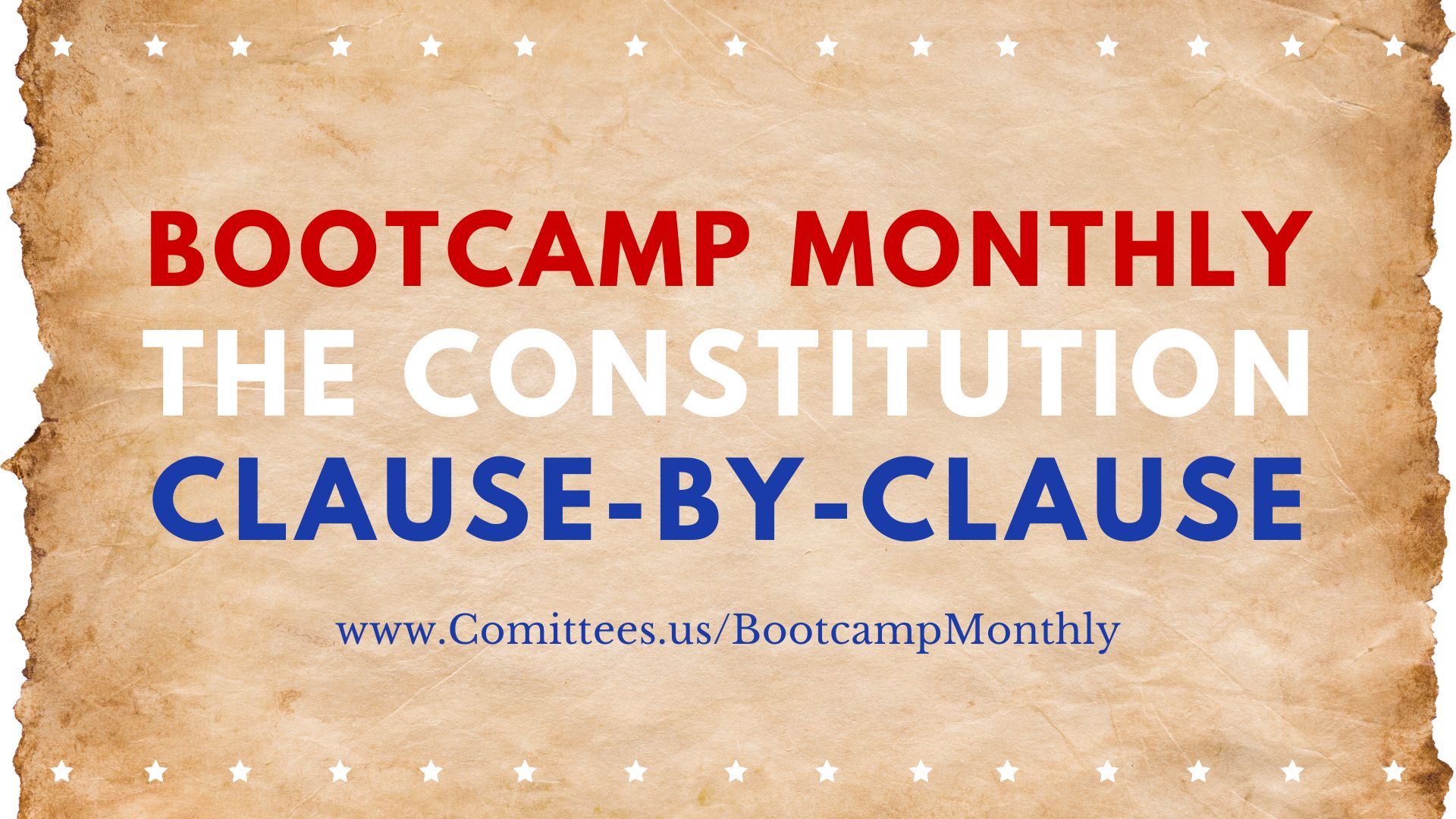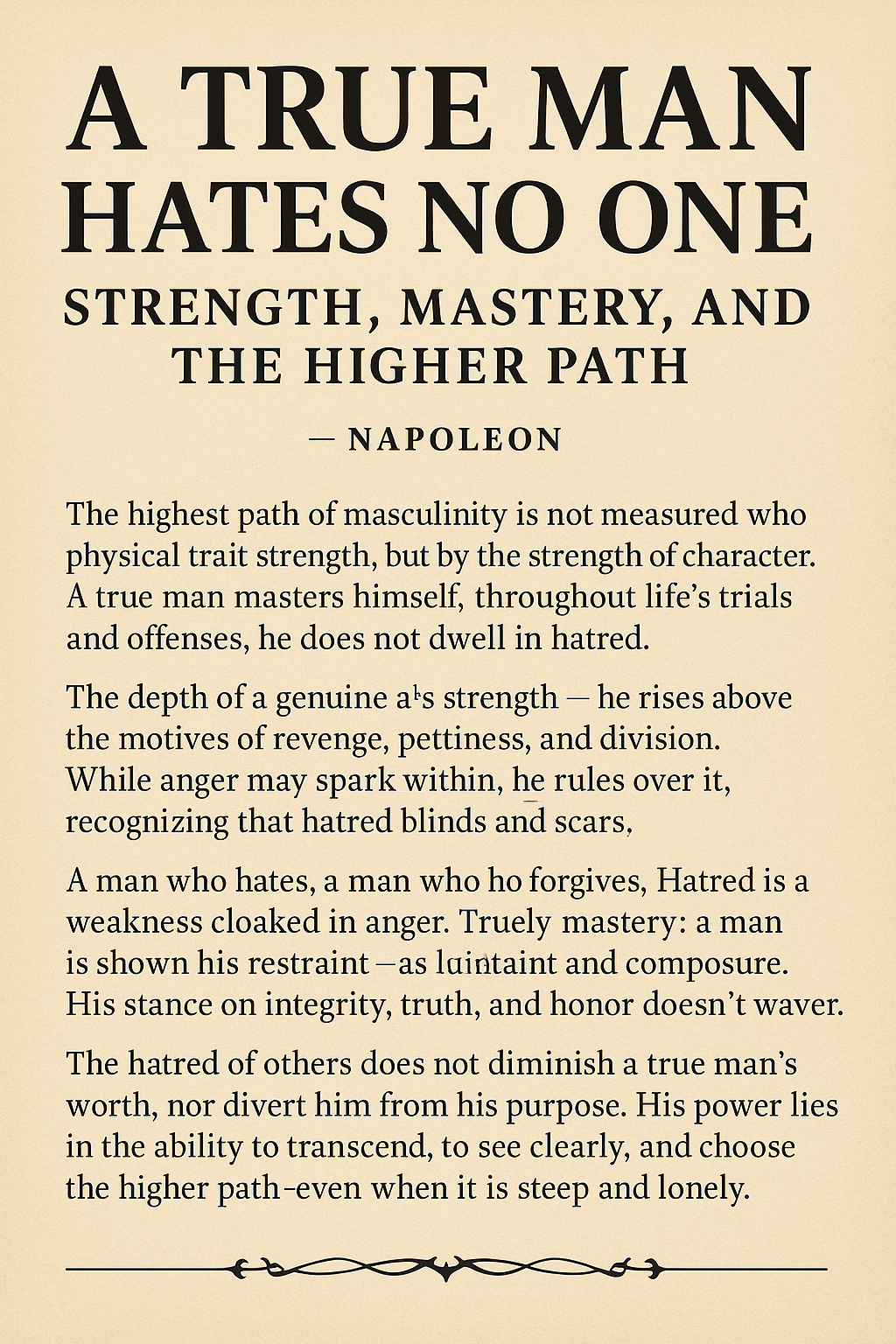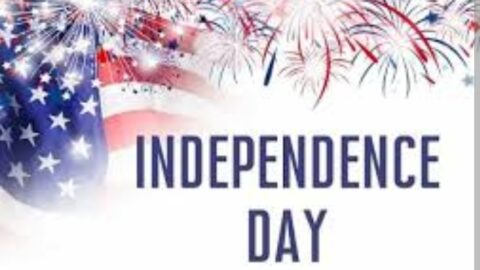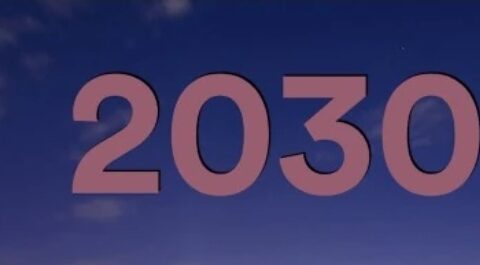I understand that most people aren’t as nerdy as I am; it’s fine, I forgive you. Utah recently passed HB 357 which allows for the creation of a Decentralized Autonomous Organizations (DAO) as a business entity. I know what you’re thinking, it’s probably along the lines of, “you’ve already lost me.” Let me tell you how someone took a cool idea and turned it into something I loathe.
To understand what a DAO is you first must understand blockchain technology, which is yet another confusing techno-buzzword. We all have that one person in our life who won’t shut up about it and how “revolutionary” it is. *Insert obligatory eye roll here.*
Basics of blockchain
The idea of a digital blockchain was first published by Stuart Haber & W. Scott Stornetta in 1991 as a way to digitally timestamp a document so that it can’t be backdated or tampered with. It also keeps the contents of the document private. However, the timestamp and data can be verified as being authentic by just about anyone. It’s an amazing idea; keep reading to understand how it works in layman’s terms.
At the core of blockchain is hashing (sorry, one more technical term). Here is a basic explanation. When you hash something you obfuscate data using a one-way mathematical function. First, let me give you an example of a mathematical function that isn’t one-way. Let’s say you have the function of x^y, where x=3 and y=3. The answer to that simple equation is 27. Think of 27 as being the hash, x^y as being our hashing algorithm, and x=3 & y=3 as being the thing we want to hash (obfuscate).
Now, if we wanted to produce a “hash” of x=2 & y=27 and we didn’t want someone to know our original x and y values, we would plug those numbers into our trusty x^y hashing algorithm and we end up with 134,217,728. The problem with this is since our algorithm is known and our hash is known, a junior high student (given enough scratch paper) can still figure out what our original input is.
So a real hashing algorithm should only work one way (meaning you can’t reverse engineer it to find the original input). You put data in, it does some calculations and gives you a hash. The idea is that the hashing algorithm should be known by anyone, the hash can be seen by anyone, but it’s super hard and near impossible to reverse engineer to find the original input.
Now, let me give you an example of a real hash. Let’s say I want to hash the sentence “My name is Locke.” The hashing algorithm that I’m going to use is “sha1” (which isn’t considered to be that secure). The hash result is “cdcf792360dc59a90f1068e74966c6ec87078560”. Every time I hash that sentence with the sha1 hash algorithm I will always get that same hash result. Unless you’re heavy into cryptography, good luck reverse engineering that.
If I tamper with the sentence, and change it to “My name is John.” The hash changes to “8b09b7330a57db50f8b67332d8db38c65c3c73ad” we now have a completely different hash and we can be sure that some nefarious actor has changed our original data.
You can hash just about anything digital, documents, pictures, data, videos, etc. You can create a hash of a document and timestamp the hash. You can verify the authenticity of the document with the hashing algorithm. If it’s the original document, the hashing algorithm will produce the exact same hash result.
This is also the basics of how passwords are stored (or should be). When you create a username and password at some website, they (hopefully) aren’t storing your password in plain text. Instead, they’re storing the hash of your password. If the website gets hacked, the hacker gets the hashes and not the passwords. To access your data (which hopefully is encrypted on the site), the hacker must know the original input (your password) that generated the hash. Now there’s still ways for the hacker to reverse engineer the hash, either by rainbow tables, a dictionary hack, or brute force, but explaining those is way beyond our scope. Just know that hashes are cool, obfuscate data, and are your friends.
What is a blockchain?
A blockchain is a ledger (think of it like a list of transactions) that is viewable and distributed amongst all its users. The ledger contains blocks, which store some information. For instance, Bitcoin blocks contain information about the sender, receiver, and the amount of coins for a transaction. An NFT (non-fungible token, made popular by buying/selling images online) contains a hash of the original file name, a token symbol, and a token name. Blocks also contain two hashes, the hash of the previous block, and the hash of the current block. This is how information is stored and blocks are essentially “chained” together by knowing the hash of the previous block.
If someone tampers with data on a block, the hash for that block changes and it invalidates all the hashes on all the blocks that are chained after it. Since the ledger is distributed among all the users, a bad guy would have to hack over 50% of all the distributed ledgers in order for the changed data to be validated on the blockchain. This is very hard and virtually impossible. There are other things that are important to know such as “proof of work” or “proof of stake”. These work as security measures as well as a way to limit the amount of blocks that can be added to a chain, essentially creating virtual scarcity.
What is blockchain mostly used for?
You can buy and sell “digital assets” and the blockchain serves as the ledger. Keep in mind, these assets do not exist on the blockchain, just their blocks that store information about the asset and the two hashes. If you were to buy an NFT of an image, you wouldn’t actually get a physical copy of that image. You would buy the “token” that represents the original artwork on the blockchain. So now you “own” the original art (the token in a block), but the original creator of that token still owns the copyright and reproduction rights of that image. You will also get a link to a site where you can download a copy of that artwork.
If you’re like I was, you might be scratching your head and wondering “okay, but I’ve heard of NFT’s selling for thousands and even millions of dollars, where is the value?” The value lies in digital bragging rights. Literally, that’s it.
In the case of Bitcoin, the “proof of work” algorithm limits the amount of coins that can be created (as well as takes an absurd amount of power to make new coins). And, voila! You now have a digital fiat currency with some sense of virtual scarcity. Side note – there is discussion of a Datacenter Act to bring more data centers to Utah that includes Bitcoin and blockchain mining.
So what exactly is a DAO?
A DAO is an organization that lives on the blockchain. The blockchain for that organization has tokens that you can buy and sell; the more tokens you have the more voting power you have. Every decision that the business faces is decided by voting amongst all the users (people who own tokens), and majority rules. The more tokens you own, the more voting power you have.
When voting is done, the result of the vote is executed and managed by something called a “smart contract”. A smart contract is a computer program that lives on the blockchain.
Example: say you own some tokens in a DAO and everyone votes to invest in a startup. The startup needs $1 million dollars; however, if the DAO can’t raise $1 million then everyone should get their money back. The smart contract (computer program) could manage all of this. Everyone puts in the money they’re willing to invest; if the $1 million goal is met, the money automatically goes to the startup. If it isn’t met, it’s automatically returned to each user, removing the need for an intermediary.
Since a smart contract lives on the blockchain, the code of the smart contract cannot change (think back to our hash examples). This prevents anyone from maliciously modifying the code of the program to change what the smart contract does.
In short, a DAO is much like a Limited Liability Company that can have an absurd amount of members and is governed by smart contracts as explained in testimony here.
Some problems I have with DAOs
Prone to coups – Since majority rules when it comes to voting, DAOs are highly susceptible to coups, which is exactly what happened to this DAO. Someone who bought a lot of tokens (voting power) passed a resolution that gave him control of minting new tokens, and pillaged their finances.
Replacing third parties – DAOs claim that one major benefit is replacing a lot of third parties with the use of smart contracts. Call me nuts, but I think this is a major stretch. I would rephrase it to “replacing third parties with programmers”. If you aren’t a programmer and you’re involved in a DAO, you’re going to need a programmer to tell you how a smart contract is programmed (to verify there isn’t nefarious code), and create a smart contract (which is what a DAO runs on).
No transparency on who started the DAO – According to HB 375 line 316 & line 317, an organization can also redact the names of the individuals who started the organization before any public disclosure or filing! If you’re like most people and don’t know how to read programming code, how are you going to know if the people you’re working with are trustworthy? Have fun checking the code of the smart contracts that govern the DAO you’re buying into.
What my real issues are with blockchain & the DAO
Cryptocurrency/NFTs – If you were to create a mental triangle and label the first point “borderline scam,” the second point “greater fool theory” and the last point “no intrinsic value.” I would place cryptocurrency & NFTs dead center.
Once you realize that Cryptocurrency and NFTs are just fancy terms for hashing something digitally, you realize that they hold absolutely zero self worth. The greater fool theory says that you can make money on overvalued assets because there will always be a greater fool willing to pay more for it. This is precisely what Cryptocurrency and NFTs are based on. You’re literally buying digital hashes.
What worries me is the Utah Legislature is pushing a new type of legal entity whose primary use case to date is cryptocurrency & NFT art. I believe currency should be backed by something; if disaster strikes, people should have a currency that survives the test of time and can be used to rebuild an economy. At least the Germans could burn their money to heat their homes after WWI; what use would a cryptocurrency have been to them? However, I’m sure the gif images of monkeys will sell like hot cakes during a catastrophe. To me, Cryptocurrency & NFTs are worse than the Utah County get rich quick MLM scene.
Let’s use blockchain for everything! – I’m a firm believer in not reinventing the wheel. However, there are those who would like to usher us into their own digital utopia (or as I see it, dystopia). Just because you can do something, doesn’t mean it’s needed, nor solves an issue that exists outside of your own mind. I don’t think it’s necessary to use blockchain to create a new form of digital citizenship for Utah so people can create a digital domicile. Should we really consider giving tax breaks to citizens who pay with crypto over using the dollar? Or maybe you would like your social security number, degrees, *insert any government document here* to be an NFT. Of course, these are just ideas people have come up with in Utah committee meetings. These are all highly unnecessary.
Bottom line – When you understand how blockchain works and how people are buying and selling hashes, it’s easy to see that there is absolutely no value. Creating an entirely new type of legal entity around blockchain (the DAO) is going to open the door to a slew of unethical businesses. Whether the state realizes it or not, they just gave credibility to businesses that peddle snake oil. There are good reasons why the crypto scene is rife with fraud, and theft, it attracts the type of people who would sell you something of no value under a false pretense. By encouraging these types of businesses, the legislature is putting a higher value on potential tax revenue instead of ethical business practices and consumer protection.

